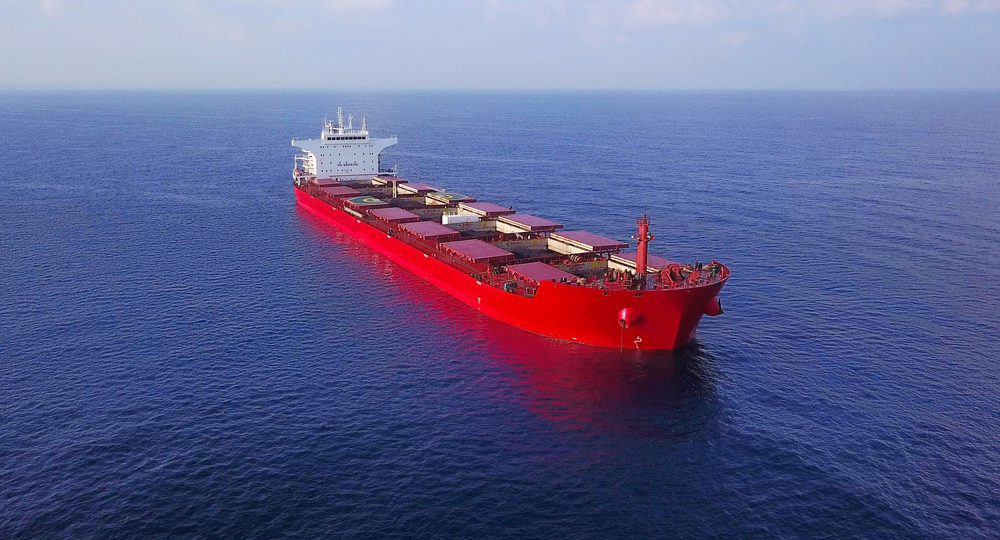China produced a record volume of gasoil in September as refiners ramped up production ahead of winter and sought to capitalise on high export prices.
Output reached just over 17 million tonnes, up 26 per cent from August, noted China’s National Bureau of Statistics on Wednesday.
Domestic demand is set to rise with winter approaching, but there are export dollars to be earned as well with refining margins rising to around US$40 a barrel in Asia, according to Refinitiv, a unit of the London Stock Exchange Group.
Output reached just over 17 million tonnes, up 26 per cent from August, noted China’s National Bureau of Statistics on Wednesday.
Domestic demand is set to rise with winter approaching, but there are export dollars to be earned as well with refining margins rising to around US$40 a barrel in Asia, according to Refinitiv, a unit of the London Stock Exchange Group.
Ms Emma Li, a senior analyst at data intelligence firm Vortexa, said the higher production volumes could be linked to tighter supply in the domestic market.
Ms Li noted: “Recently, refiners have increased diesel yields at the expense of gasoline and jet fuel, and the state-run refiners need to increase refining run rates to fulfil the export target announced in September.”
Mr Steve Tan, vice-president of strategic content at Opis, a price reporting agency for energy and commodities, said the larger refiners in China will likely focus on domestic consumption and try to limit their exports to excess inventories.
He said: “We expect the smaller refiners will have a greater impetus to export. The key difference is that the larger refiners are able to roll over their export quotas to 2023 while the smaller refiners have to use theirs up by the end of 2022.”
In September, Beijing granted refiners up to 15 million tonnes of oil product quotas for the rest of the year, partially reversing an export ban imposed in 2021. The decision to expand international sales was widely expected to offer relief to global markets, which have been grappling with the loss of Russian gasoil.
Gasoil is widely used for heating in the Northern Hemisphere, but supplies have been under severe pressure because of the conflict between Russia and Ukraine.
Mr Yaw Yan Chong, director of oil research at Refinitiv, expects expanded exports to give relief to developing countries in the region that have had to reduce purchases of liquefied natural gas (LNG) due to higher prices.
Demand for fuels like gasoil has been rising especially with gas-to-oil switching, which we are seeing more of now, and it is not just here in Asia but right across Europe,” he said.
Mr Edmund Siau, lead analyst at energy consultancy FGE, added: “We have seen gas-to-oil switching in markets that have high exposure to spot LNG and cannot afford to pay, such as Pakistan and Bangladesh. Other markets such as Vietnam and the Philippines have also pushed back plans to import LNG due to high spot prices.
“Fuel switching in these select markets plays a large part in reducing Asian LNG demand and freeing up LNG cargoes for Europe.”
Gas-to-oil switching for power generation in Europe has added to the usual seasonal demand for winter fuel. In August, the International Energy Agency (IEA) said it expected European gas-to-oil switching to boost oil demand by 300,000 barrels per day over the next six months.
Mr Alan Heng, group chief executive of Temasek-backed Pavilion Energy, said on Wednesday that there were already visible signs in the market of demand destruction as prices remained high.
At the 8th Asia LNG and Hydrogen Gas Markets Conference organised by S&P Global Commodity Insights, Mr Heng, an energy market veteran who was previously with US energy giant ExxonMobil, added that while there has been a decline in spot market prices for LNG over the past two weeks, the market was still tight.
Rising imports of LNG to Europe amid the Ukraine crisis and a potential rebound in Chinese appetite for the fuel will squeeze the market further as only 20 billion cubic m of new LNG capacity will come on stream, IEA executive director Fatih Birol said during the Singapore International Energy Week on Tuesday.
Mr Yaw said the market remains jittery given tight gasoil supplies and an impending oil embargo on Russian petroleum exports that is coming in February.
“The underlying bullishness of the oil market over the past few months has been due to the uncertainty surrounding gasoil supplies, come Feb 5, there is going to be a big hole in the supply of winter specification gasoil for Europe, “ he noted.
“Chinese exports will flood the Asian market and provide relief, which could result in other available barrels from exporters such as India and South Korea that would typically make their way out East and head up to Europe.”
Mr Tan said that Opis is expecting China’s gasoil exports for October to hit 1.8 million tonnes versus September’s 1.7 million tonnes, while November could taper off to around 1.5 million tonnes as refiners focus on domestic consumption.






